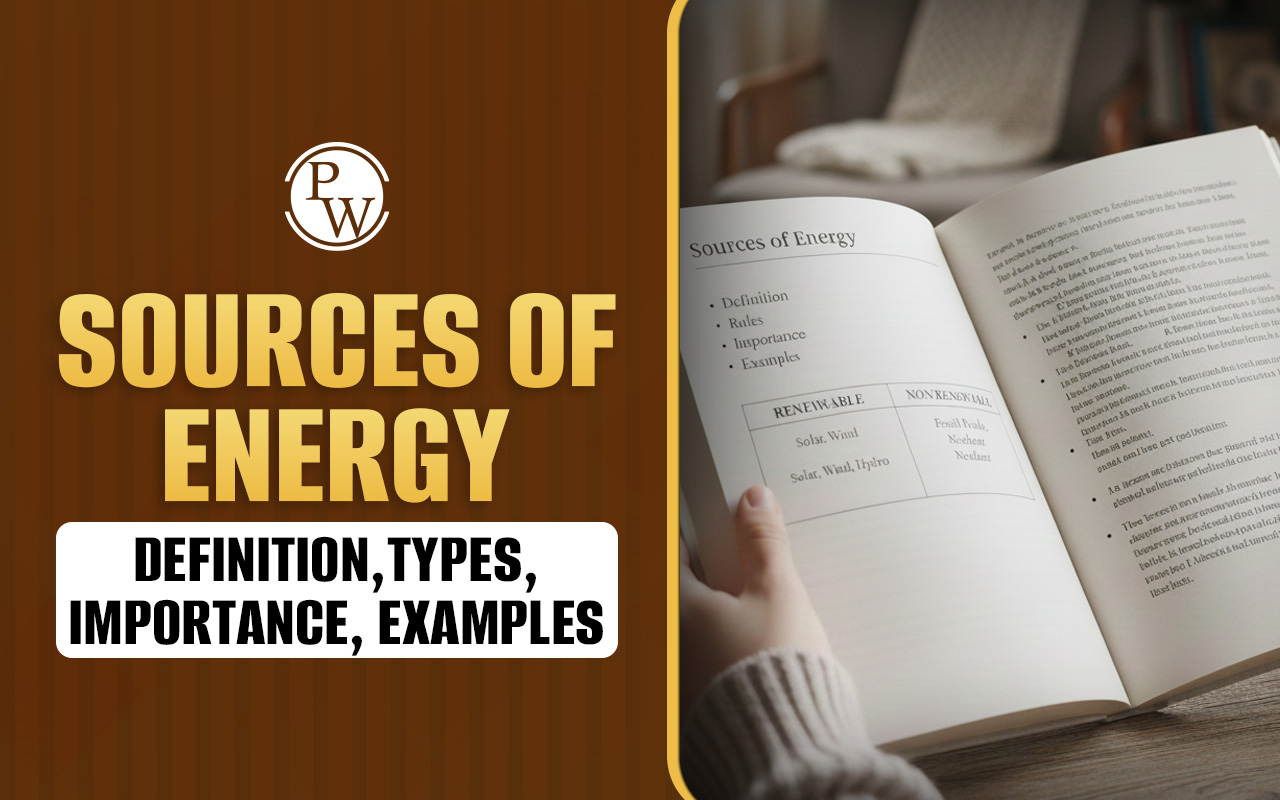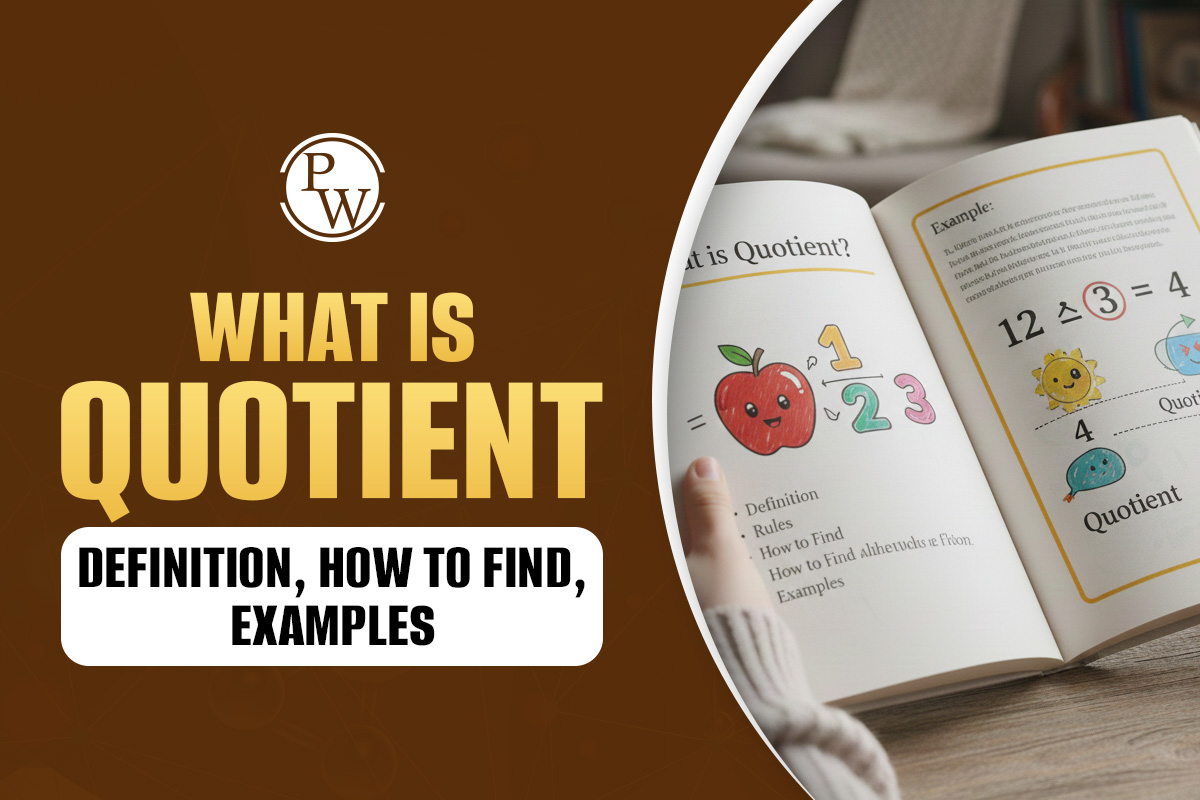
Have you ever wondered how your clothes are made? Well, it’s all linked to the journey from " Fibre to Fabric "! Imagine tiny threads coming together to create soft fabrics like cotton, warm ones like wool, and even stretchy ones like spandex.
In this exciting adventure, we'll explore how these magical fibres are transformed into the clothes we wear every day. Get ready to unravel the secrets of how nature's gifts become the cosy outfits you love!What are Fibres?
Fibres are slender structures resembling threads that can be found naturally or created synthetically. These structures are of paramount importance to several industries such as fashion, textile, and engineering due to their exceptional versatility, strength, and a wide array of applications.Types of Fibres
- Natural fibres: Natural fibres are derived from various sources, including plants, animals, and minerals. Examples of natural plant fibres include cotton, jute, hemp, and flax. Animal-based natural fibres encompass silk and wool. It's worth noting that while mineral fibres like asbestos have been used in the past, they are now recognized as health risks to humans.
- Synthetic fibres: Synthetic fibres are specially manufactured through chemical processes to have specific properties like strength, durability, and resistance to different elements. Popular examples of synthetic fibres are polyester, nylon, acrylic, and spandex. These fibres find applications in clothing, outdoor gear, and diverse industrial uses.
- Semi-Synthetic Fibres: These fibres are made by modifying natural sources through chemical processes to enhance their properties. For instance, rayon is produced from cellulose extracted from wood pulp. It possesses the characteristics of both natural and synthetic fibres.
Properties and Uses
Fibres exhibit a wide range of properties that make them suitable for different applications:- Strength and Durability: Fibres like nylon and polyester are highly regarded for strength and durability. They possess exceptional tensile strength, making them ideal for various applications that demand resilient materials. These include the production of ropes, fishing nets, and even bulletproof vests.
- Flexibility: The flexibility of fibres, especially synthetic ones, allows for weaving or knitting them into fabrics with different textures and patterns. This quality makes these fibres well-suited for use in clothing and textiles.
- Thermal Properties: Certain fibres, such as wool, are known for their excellent insulation properties which help to keep the body warm in cold conditions. On the other hand, specific synthetic fibres are designed to effectively wick moisture away from the body, making them ideal for sportswear and outdoor clothing.
- Chemical Resistance: Some fibres possess inherent resistance to corrosive chemicals, making them ideal for use in industries where exposure to such substances is commonplace. For instance, aramid fibres find extensive application in aerospace and military sectors owing to their exceptional ability to withstand heat and harsh chemical environments.
- Electrical Conductivity: Certain types of fibres, such as carbon fibres, have exceptional electrical conductivity. This property makes them valuable in various fields like electronics and aerospace engineering.
- Lightweight: The lightweight nature of many fibres is paramount in industries like aviation and automotive manufacturing where reducing weight is critical. This property allows for the development of lighter materials with improved efficiency.
- Aesthetic: Aesthetic considerations are crucial in the fashion and interior design industries. The visual and tactile qualities of different fibres provide a range of textures, colours, and patterns that greatly enhance the overall appearance and appeal of products.
Types of Natural Fibres
Natural fibres are incredibly versatile and sustainable materials that have been utilised across industries for centuries. From textiles to construction, these fibres have proven their worth. Derived from both animals and plants, natural fibres boast a wide array of properties and applications.Animal Fibres
Animal fibres are sourced from animal coats, hairs, or secretions. These fibres are valued for their warmth, softness, and luxurious feel. Some common types of animal fibres include:- Wool: Obtained from the fleece of sheep, wool is one of the most widely used animal fibres. It is known for its natural insulation properties, moisture-wicking abilities, and elasticity. Wool is commonly used in clothing, blankets, carpets, and upholstery.
- Cashmere: It is a luxurious fibre that comes from the soft undercoat of cashmere goats. Known for its incredible softness, lightweight feel, and warmth, cashmere is highly valued and often used in high-end clothing and accessories.
- Silk: It is a beautiful and luxurious fibre produced by silkworms. It has a smooth texture and a lustrous appearance, making it an ideal choice for garments such as dresses, scarves, and lingerie. In addition to its elegant aesthetic, silk is also highly breathable, providing comfort throughout the day.
- Mohair: It is a textile made from the hair of Angora goats. It is prized for its lustrous sheen, strong durability, and excellent insulation properties. Mohair is frequently used in the production of sweaters, coats, and upholstery fabrics.
- Alpaca and llama: These are extracted from the fleeces of animals. They have gained popularity for their soft texture, warmth, and hypoallergenic properties. These fibres are commonly used in making various clothing items and accessories.
Plant Fibres
Plant fibres are derived from different parts of plants, such as stems, leaves, and seeds. These fibres are highly appreciated for their strength, breathability, and versatility. Some notable examples of plant fibres include:- Cotton: Derived from the bolls of cotton plants, cotton offers excellent absorbency, breathability, and comfort. With its versatile properties, cotton finds application in various products like clothing, bedding, and towels.
- Flax (Linen): It is a plant that yields fibres used to create linen fabric. Linen is known for its natural sheen, cooling effect, and ability to wick away moisture. It is commonly found in clothing, tablecloths, and bedding materials.
- Hemp: These are derived from the Cannabis sativa plant. These fibres possess excellent durability, strength, and resistance to both mould and UV light. As a result, hemp finds extensive application across various industries, such as clothing manufacturing, bag production, and even in the construction sector.
- Jute: Jute fibres are obtained from the stem of the jute plant. They are commonly used in making sacks, ropes, and other packaging materials due to their strength and affordability.
- Sisal: Sisal fibres are extracted from the leaves of the agave plant. They are strong and durable, making them suitable for applications like ropes, twines, and carpets.
What are Fabrics?
Fabrics play a vital role in our lives, connecting us to our culture and history. Whether it's the clothes we wear or the upholstery in our homes, fabrics provide comfort, style, and practicality. Essentially, fabrics are created by weaving fibres together to form versatile materials that serve countless purposes.Origins and Evolution
From ancient civilizations, such as the Egyptians, Greeks, and Romans, to modern times, the art of fabric making has been an integral part of human civilization. Utilising natural materials like flax, wool, and silk, these early societies spun fibres into thread and intricately wove and dyed textiles that showcased their cultural and technological achievements. Applications- Apparel: Clothing made from fabric serves as a basic necessity and a means of self-expression and cultural identity. Different fabrics cater to diverse climatic conditions, fashion trends, and occasions.
- Home Furnishings: Fabrics adorn our living spaces as upholstery, curtains, beddings, and rugs. They add personality and warmth to interiors, reflecting individual tastes and interior design styles.
- Technical Textiles: Fabrics with specialised properties, like flame resistance, UV protection, and medical applications, fall under this category. They are used in industries such as aerospace, healthcare, and sports.
- Industrial Use: Fabrics are used in sectors like construction, agriculture, and transportation, where their strength and durability are crucial.
- Sustainability and Innovation: As the world becomes more environmentally conscious, the textile industry is exploring sustainable alternatives. Innovations include organic cotton, recycled fibres, and biofabrication, where fabrics are created from biological sources using processes like bacterial fermentation.
Processing Fibre to Fabric
The journey from natural or synthetic fibre to a finished fabric involves several stages of processing, each of which contributes to the final quality and characteristics of the fabric. Here's an overview of the typical process:- Fibre Selection: The process begins with the selection of fibres. These fibres can be natural or synthetic. The choice ultimately depends on the fabric's intended use, as different fibres possess distinct properties such as strength, flexibility, and moisture-wicking abilities.
- Preparation: Raw fibres often need to be cleaned, sorted, and sometimes blended to create a consistent and uniform material. This step removes impurities, foreign particles, and any residual substances from the fibres.
- Spinning: Spinning is the process of twisting the prepared fibres together to form a thread or yarn. This step imparts strength and cohesion to the fibres, making them suitable for weaving or knitting. Different spinning techniques can produce various yarn thicknesses and textures.
- Weaving or Knitting: Weaving involves the interlacing of two sets of yarns at right angles, resulting in a structured pattern. This is commonly seen in cotton shirts or denim jeans. Knitting, on the other hand, uses a single yarn to create loops that link together, resulting in a stretchable and more flexible fabric. This type of fabric is often found in sweaters and socks.
- Dyeing and Printing: Once the fabric is woven or knitted, it can be dyed to add colour or printed to incorporate patterns and designs. Dyeing involves immersing the fabric in a solution containing colour pigments while printing transfers specific designs onto the fabric using various methods like screen printing or digital printing.
- Finishing: The finishing process enhances the fabric's appearance, feel, and performance. It can involve treatments like washing, ironing, or adding special coatings to make the fabric waterproof, flame-resistant, or wrinkle-free.
- Quality Control: Throughout the processing stages, quality control measures are implemented to ensure that the fabric meets the desired standards in terms of texture, colour, durability, and safety.
- Cutting and Sewing: After the fabric is prepared, it is cut into pieces according to patterns and then sewn together to create garments or other products. This step is crucial in determining the final appearance and fit of the item.
Process of Making Cotton Fabric
The process of manufacturing cotton fabric involves several stages. Each stage plays a crucial role in transforming raw cotton fibres into the soft and adaptable material used for clothing, home textiles, and various other applications. Here are the steps involved in this process:- Cultivation and Harvesting: The first step in making cotton fabric is the cultivation of cotton plants. Cotton plants are grown in fields, typically in warm and tropical climates. After the cotton bolls (the protective capsules containing cotton fibres) have matured, they are ready for harvesting. Modern harvesting methods involve the use of mechanical equipment to pick the cotton bolls, which speeds up the process compared to traditional manual picking.
- Ginning: After harvesting, the cotton fibres are extracted from the balls in a process called ginning. This is done to separate the fibres from the seeds, leaves, and other plant debris. Ginning can be performed using various techniques, but the most common method involves the use of a machine called a cotton gin. The separated cotton fibres are known as lint.
- Carding: Once the lint has been obtained, it goes through carding. Carding involves passing the fibres through a series of rollers with fine wire brushes. This process aligns the fibres and removes any remaining impurities, resulting in a web of cotton fibres known as a carded sliver.
- Drawing and Roving: The carded sliver is then drawn and blended to ensure fibre length and thickness uniformity. This process involves pulling the fibres through machines that combine several carded slivers into one strand, making the fibres more consistent. The drawn fibres are then further elongated and slightly twisted to form rovings.
- Spinning: Spinning is the process of twisting the rovings to create yarn. This is typically done using spinning machines, which can be either mechanical or automated. The level of twist and the thickness of the yarn can be adjusted to produce different types of cotton yarns, ranging from fine to coarse.
- Weaving or Knitting: The cotton yarn is then used in either weaving or knitting processes to create fabric. Yarns are interlaced at right angles to form a structured fabric in weaving. In knitting, loops of yarn are interlocked to create a more flexible and stretchy fabric. The choice between weaving and knitting depends on the desired characteristics of the final fabric.
- Finishing: After the fabric is woven or knitted, it undergoes various finishing processes to improve its appearance, texture, and performance. Finishing may include procedures like bleaching, dyeing, printing, and fabric softening. These processes enhance the fabric's colour, pattern, and overall feel.
- Cutting and Sewing: Once the fabric is finished, it is cut into pattern pieces based on the intended design. These pieces are then sewn together to create garments, home textiles, or other products. Sewing techniques and patterns vary depending on the final product and its intended use.
- Quality Control: Throughout the entire process, quality control measures are taken to ensure that the cotton fabric meets specific standards in terms of strength, colour consistency, and overall quality. This ensures that the end product is of a high standard and free from defects.
Final Thoughts
The journey from fibre to fabric is fascinating and essential. We've explored how fibres come from plants and animals and go through processes like spinning and weaving to become the fabrics we use every day. Remember, whether it's cosy cotton or warm wool, understanding this process helps us appreciate the clothes we wear a little bit more. Are you a student who's looking for a way to ace your science exams? Do you want to learn about different scientific concepts in a way that's both engaging and informative? Then the Fundo Experiment Kit is the perfect study aid for you! With over 20 experiments, you'll be able to solidify your understanding of key scientific concepts. Order your Fundo Experiment Kit today and start boosting your science grades! Related LinksFibre to Fabric FAQs
How is cotton fibre obtained?
Cotton fibres are obtained from the fluffy balls of the cotton plant through a process called ginning, where the seeds are separated from the fibres, yielding raw cotton for various uses.
What is the spinning of cotton yards?
The spinning of cotton yarns involves twisting and drawing out cotton fibres to form continuous threads. This process is crucial in textile production, creating strong and versatile yarns used in various fabrics and garments.
Name the part of the plant from which cotton fibre is obtained.
Cotton fibre is obtained from the seed of the cotton plant, scientifically known as Gossypium. It is a natural textile material used worldwide for various purposes.
What are some examples of synthetic fibre?
Examples of synthetic fibres include polyester, nylon, acrylic, and spandex. These fibres are manufactured through chemical processes, offering various qualities such as durability, strength, and flexibility, making them suitable for diverse applications in textiles and beyond.
What are the steps of fibre to fabric?
"Fibre to fabric" involves several steps: harvesting natural or creating synthetic fibres, cleaning and preparing fibres, spinning them into yarn, weaving or knitting yarn into fabric, dyeing and finishing for desired properties.
Talk to a counsellorHave doubts? Our support team will be happy to assist you!

Check out these Related Articles
Free Learning Resources
PW Books
Notes (Class 10-12)
PW Study Materials
Notes (Class 6-9)
Ncert Solutions
Govt Exams
Class 6th to 12th Online Courses
Govt Job Exams Courses
UPSC Coaching
Defence Exam Coaching
Gate Exam Coaching
Other Exams
Know about Physics Wallah
Physics Wallah is an Indian edtech platform that provides accessible & comprehensive learning experiences to students from Class 6th to postgraduate level. We also provide extensive NCERT solutions, sample paper, NEET, JEE Mains, BITSAT previous year papers & more such resources to students. Physics Wallah also caters to over 3.5 million registered students and over 78 lakh+ Youtube subscribers with 4.8 rating on its app.
We Stand Out because
We provide students with intensive courses with India’s qualified & experienced faculties & mentors. PW strives to make the learning experience comprehensive and accessible for students of all sections of society. We believe in empowering every single student who couldn't dream of a good career in engineering and medical field earlier.
Our Key Focus Areas
Physics Wallah's main focus is to make the learning experience as economical as possible for all students. With our affordable courses like Lakshya, Udaan and Arjuna and many others, we have been able to provide a platform for lakhs of aspirants. From providing Chemistry, Maths, Physics formula to giving e-books of eminent authors like RD Sharma, RS Aggarwal and Lakhmir Singh, PW focuses on every single student's need for preparation.
What Makes Us Different
Physics Wallah strives to develop a comprehensive pedagogical structure for students, where they get a state-of-the-art learning experience with study material and resources. Apart from catering students preparing for JEE Mains and NEET, PW also provides study material for each state board like Uttar Pradesh, Bihar, and others
Copyright © 2025 Physicswallah Limited All rights reserved.






